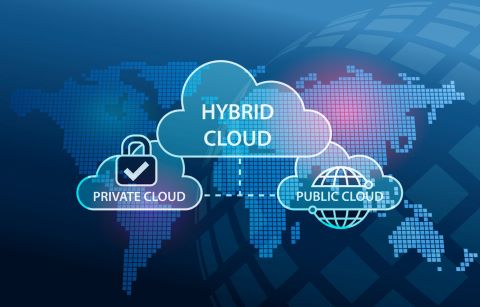

November 4, 2021
Hybrid cloud, a mix, and match of public cloud, private cloud, and even your own data center, can provide the flexibility and scalability to support your business growth and achieve long-term cost savings. Here are five reasons why hybrid cloud may be the best option for you:
In conjunction with our partner, Cloudian, Dewpoint offers hybrid cloud models to meet your specific needs. Contact us today to find out more.